What’s the best food to feed your cat? Is it healthier to prepare cat food yourself or should you buy ready-made food at a pet store?
Are you putting expensive, high-end cat food in your cat’s bowl, only to watch them turn up their nose and walk away? Or maybe you have one of those cats that eats anything you put in front of them? Cats usually have their own particular preferences: they might happily eat a certain type of food for weeks and then, out of the blue, refuse to even look at it any more. If you have this type of “picky eater” at home, you might want to try introducing a little variety into their regular meals.
Here are some tips and ideas on how to make delicious food and healthy treats for your cat at home in your own kitchen.
We hope these ideas inspire you to try your hand at cooking for your kitty!
Feeding your cat properly
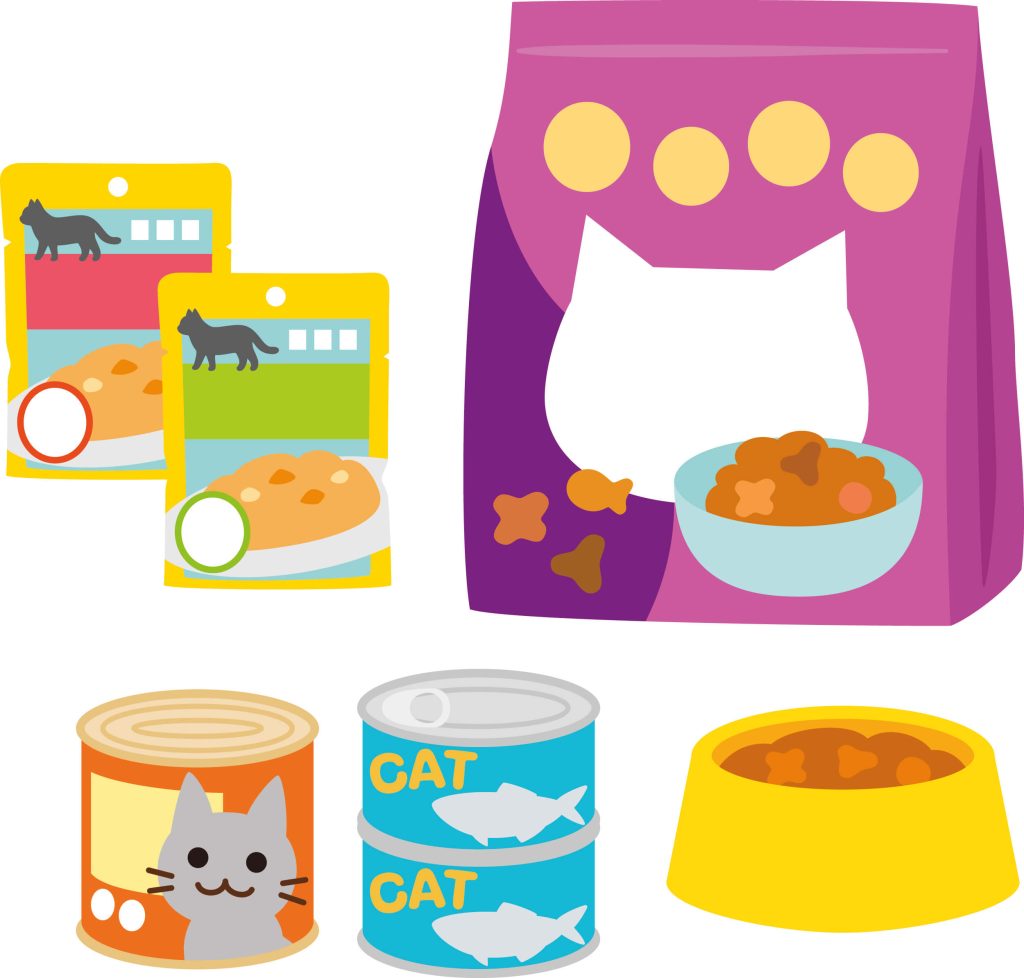
How can you feed your cat properly? Some cats go on hunger strikes and spurn everything you offer them. And cats in general are known for being able to go without food for a long time! Of course, this will cause any cat owner to worry endlessly: Why isn’t she eating? What can I do to make him want to eat his favourite food again? Basically, when it comes to food, tastes and preferences are very different. Just like with us humans, the food one cat finds delicious might be downright disgusting to another. But still, when it comes to feeding, are there specific things a cat should and shouldn’t eat?
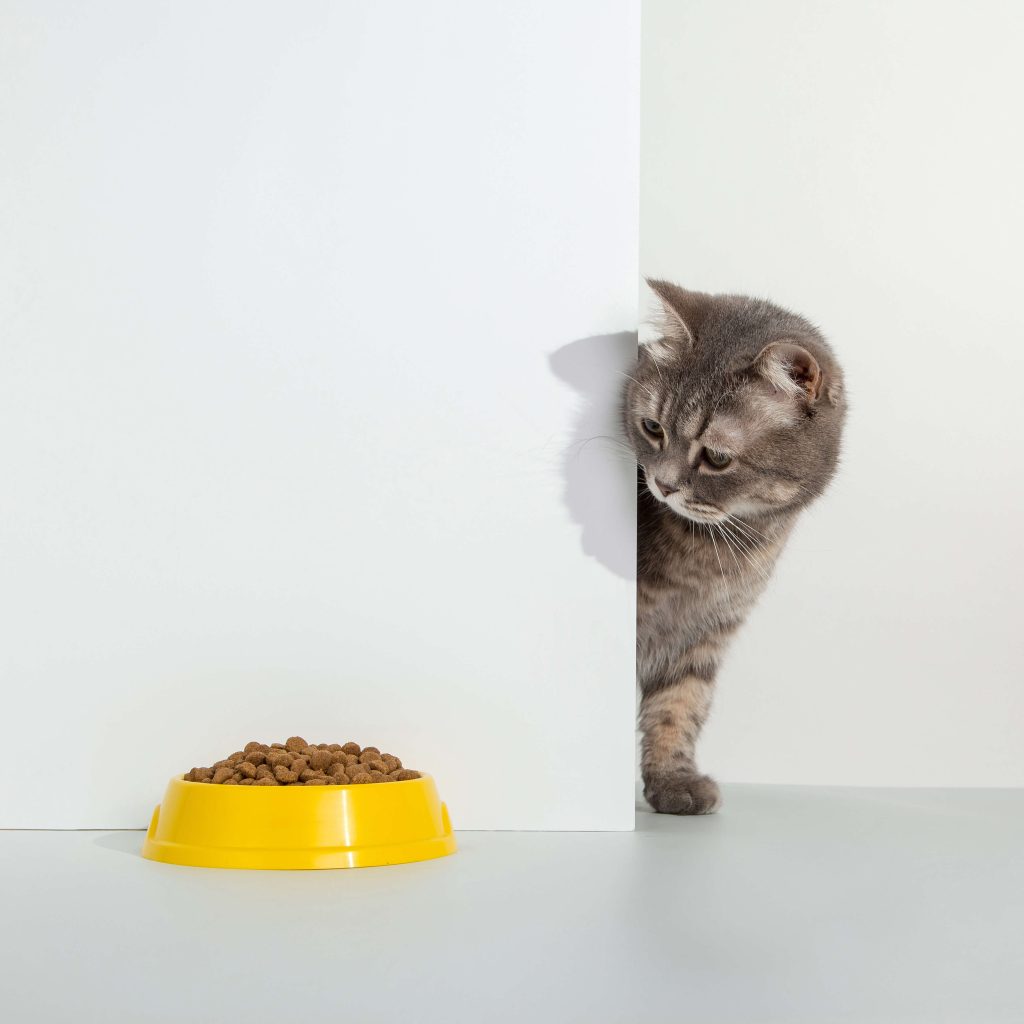
What are cats allowed to eat?
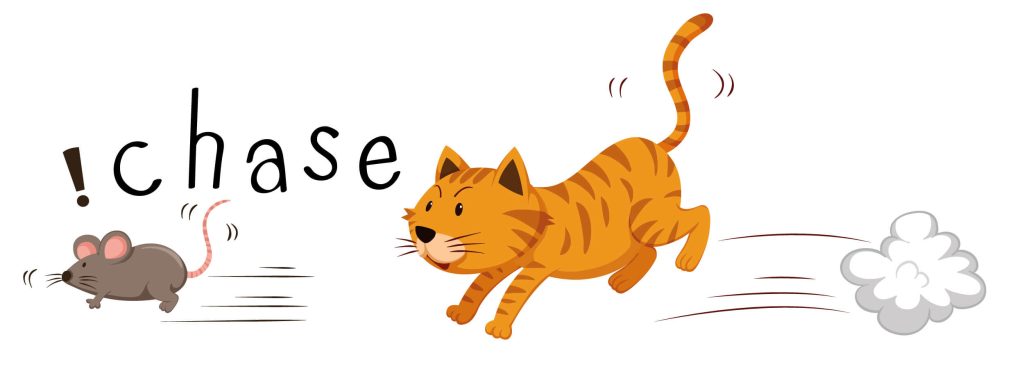
Your cat is allowed to eat whatever is appropriate for the feline species. As carnivores, their diet consists mainly of smaller vertebrate animals. They’ll eat all the meat on these animals and, if necessary, also parts of the entrails, bones and tendons. Of course, the problem here is that you’re unlikely to find frozen or freshly caught small mammals, birds, insects, fish, amphibians and reptiles in your local supermarket! And if you do, they’re usually not packaged in bite-sized portions for your kitty.
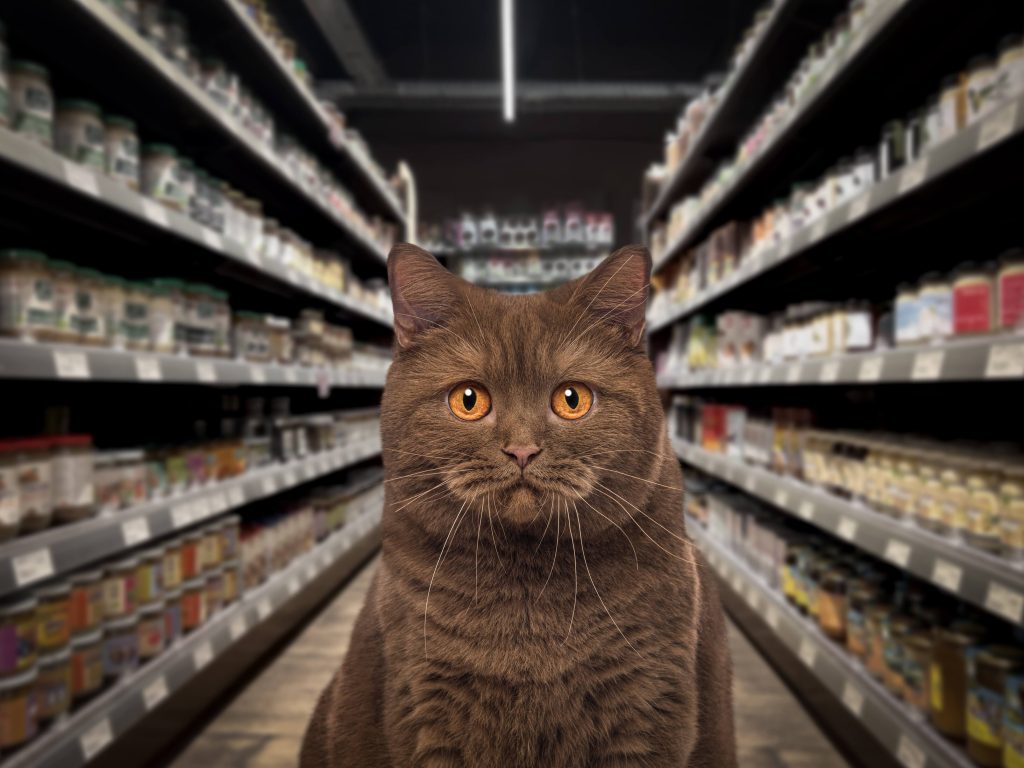
Cats are allowed to eat fresh meat. But remember, you should never offer your cat rotten meat! Thanks to their highly sensitive noses, they usually won’t even touch old meat. If something smells bad, they’ll usually stay far away from it. You can feed your cat the following types of meat:
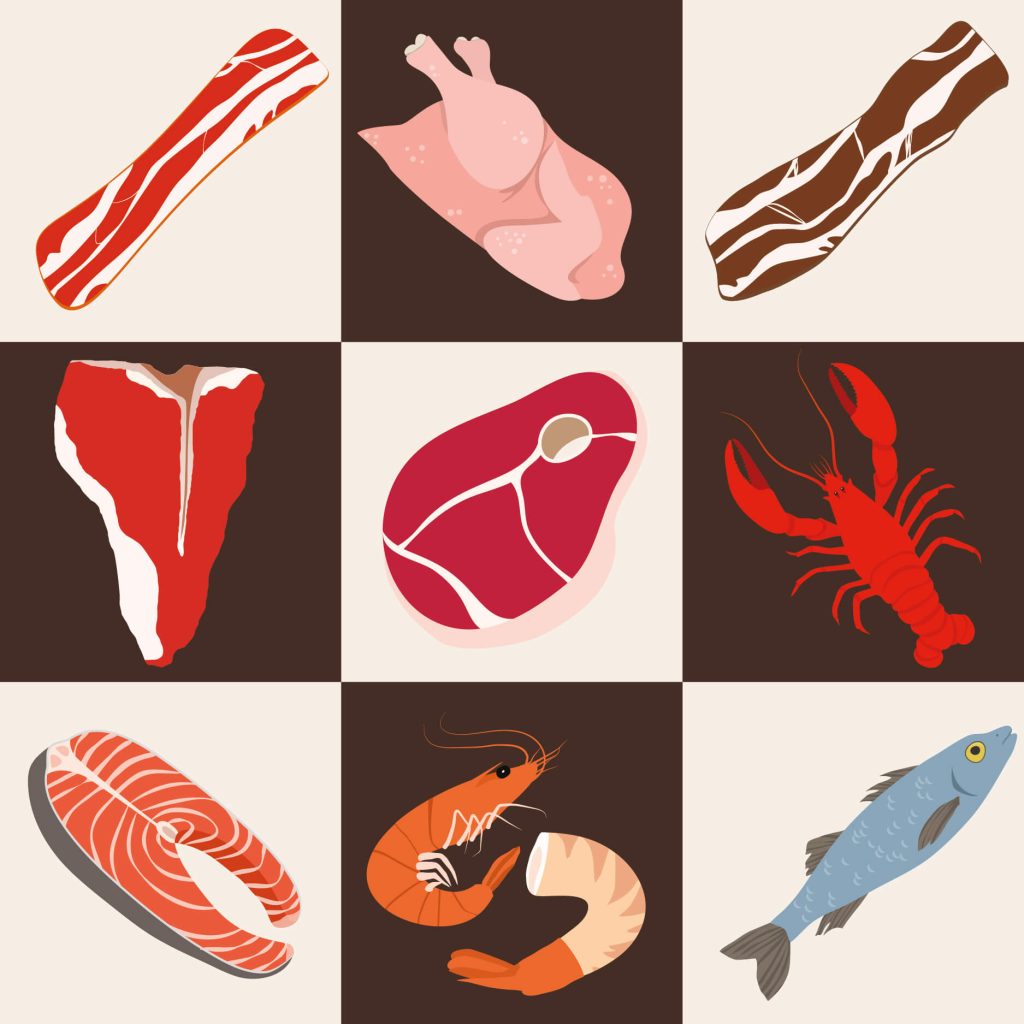
- Meat from warm-blooded animals (e.g. beef, horse, pork¹, rabbit, sheep, goat).
- Meat from poultry (e.g. duck, goose, chicken, turkey, turkey),
- Meat from game (e.g. roe deer, red deer, fallow deer, wild boar², pheasant, hare, wild duck)
- Meat from cold-blooded animals (e.g. fish, squid, crabs, mussels)
TIP:
Which types of meat do cats like best? Each individual cat will have their own unique preferences, so offer your feline friend a wide variety and see which one they like best!
¹According to the Lower Saxony State Office for Consumer Protection and Food Safety* (as of 1 Feb. 2022), Aujeszky’s disease has been officially eradicated in Germany. This means that cats can be fed meat from fattening pigs. However, since wild boar² can still be infected, meat from those animals should be cooked at 80 °C for at least 10 minutes to kill off any remnant of the Aujeszky virus.
*Source: Nds. Landesamt für Verbraucherschutz und Lebensmittelsicherheit, Tierseuchenbekämpfung und Task-Force Veterinärwesen (2022): “Aujeszky’s disease”, online at Aujeszkysche Krankheit | Tierseucheninfo (niedersachsen.de) , retrieved 20 Feb. 2023
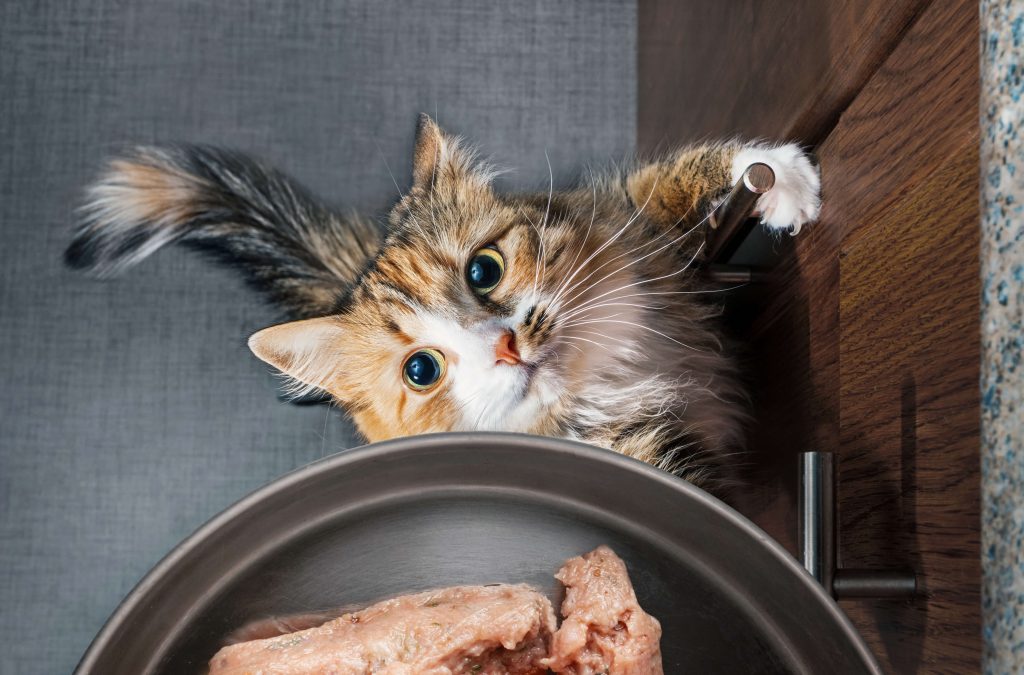
What kind of fruits and vegetables are cats allowed to eat?
Are carnivorous animals known to eat fruits and vegetables? What kind of fruits and vegetables are cats allowed to eat? In the wild, cats occasionally eat small amounts of fruits and vegetables. For example, when they consume their prey in its entirety, they’ll also digest the contents of their prey’s stomach and intestines. Still, meat should always be the main component of a cat’s diet. Fruits and vegetables – prepared appropriately and in small quantities – can supplement a cat’s meal, provided the cat likes them! Here’s a small selection:
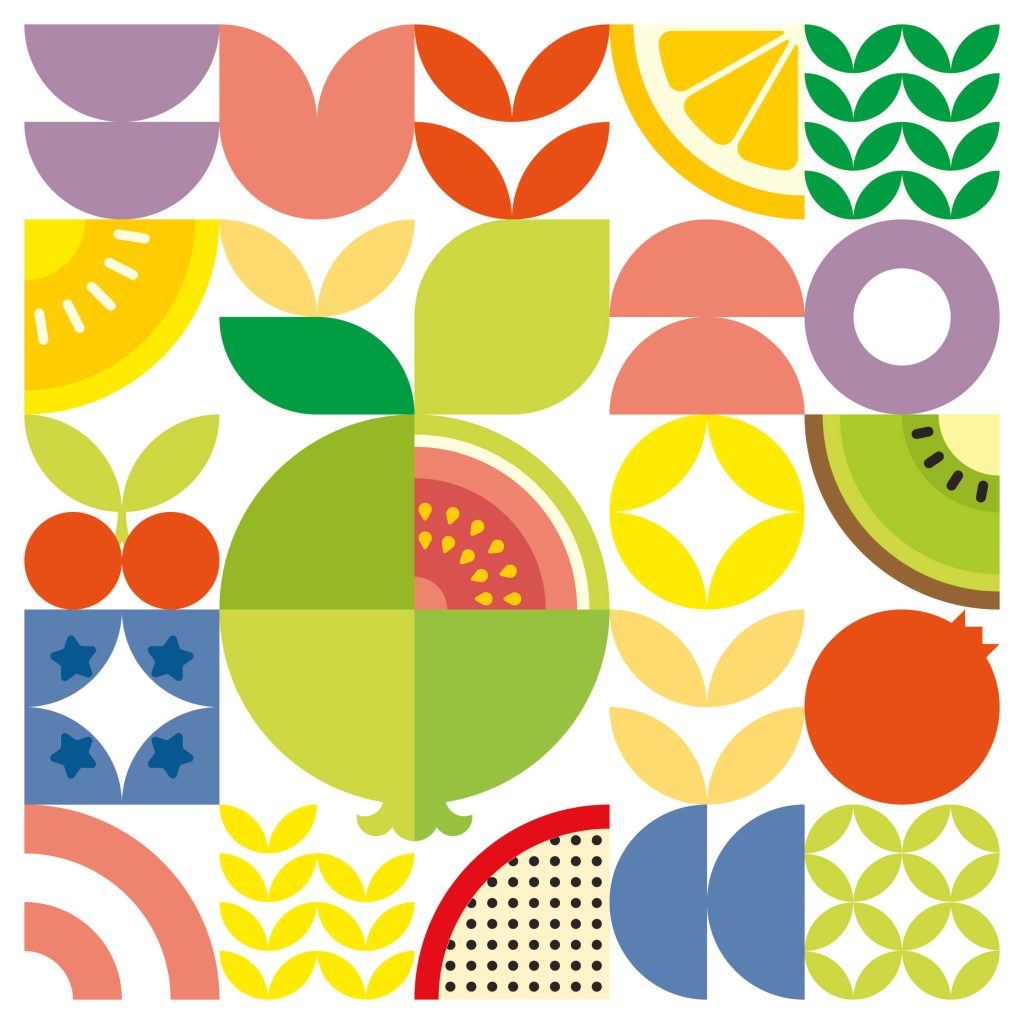
Broccoli (cooked)
Carrots (raw, cooked)
Potatoes (cooked)
Celery (raw, cooked)
Parsnips (raw, cooked)
Jerusalem artichoke (cooked)
Apples (washed, grated)
Bananas (peeled, one small slice)
Pears (washed, grated)
Strawberries (washed, mashed)
Blueberries (washed, pureed)
Melon (peeled, without seeds)
TIP: Fruits contain a lot of fructose, so you should only feed it to your cat in small quantities and not every day!
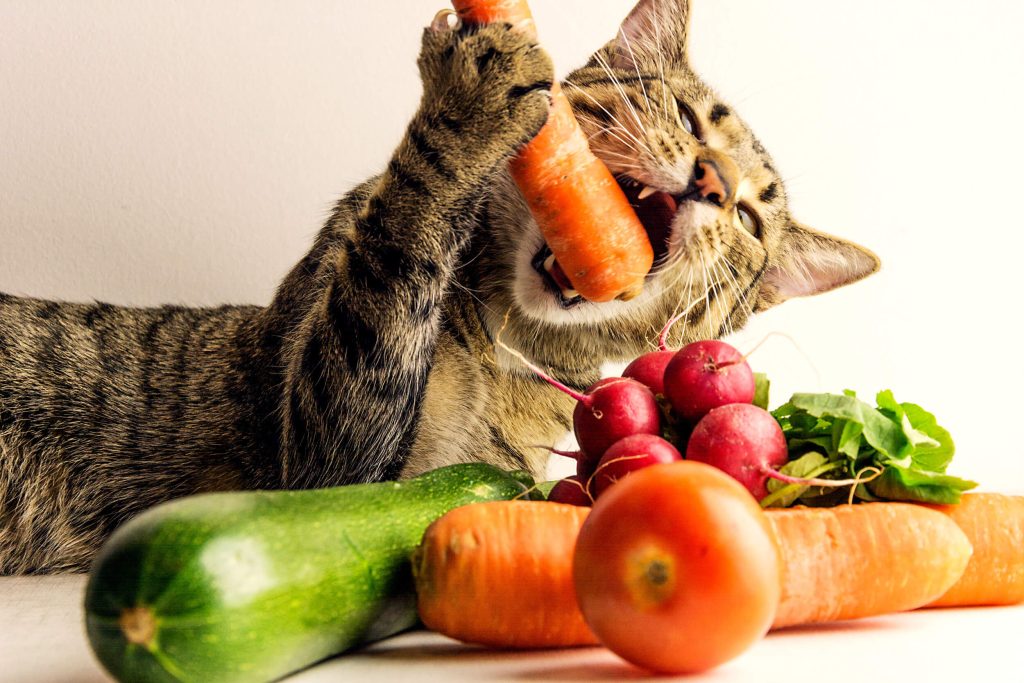
What types of food are cats not allowed to eat?
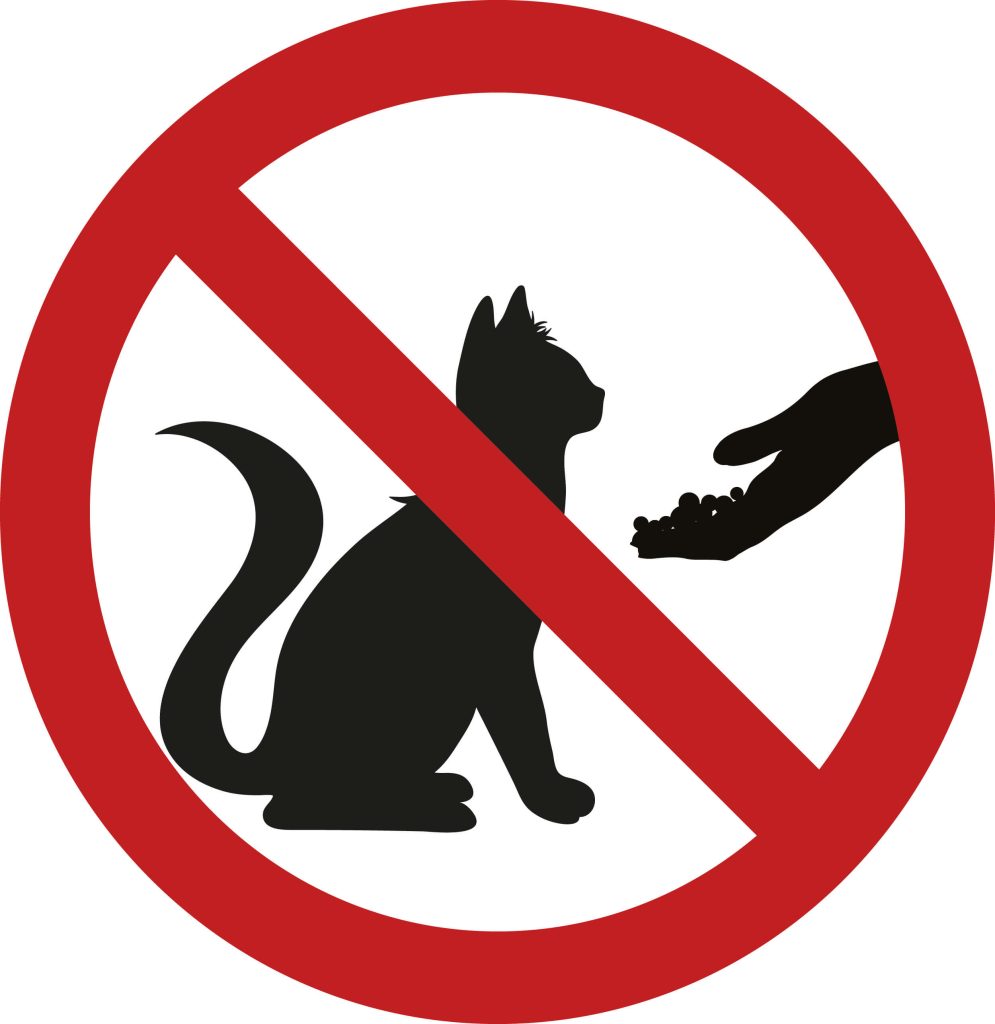
Many things that taste good to us humans are bad for our feline friends. Still, sometimes we want to give our cats a treat, thinking it might make them happy. Unfortunately, some of the things we offer them aren’t good for them at all. On the contrary! Many foods that we humans consume are actually dangerous for cats. What food should cats never eat? Here are some examples* of food that is absolutely taboo for cats
- Allium plants (garlic, onions, chives and leeks)
- Alcohol
- Caffeine
- Chocolate
- Citrus fruits
- Grapes, raisins and sultanas
- Milk and dairy products
- Fats/Nuts
- Mushrooms
- Raw eggs
- Raw fish
- Raw meat
- Raw dough
- Raw liver
- Tuna
- Xylitol
*Source: FOUR PAWS – Foundation for Animal Welfare (2023): “Which foods are dangerous for cats?”, online at Welche Lebensmittel sind für Katzen gefährlich? – VIER PFOTEN Stiftung für Tierschutz in Deutschland (vier-pfoten.de), retrieved 21 Feb. 2023
REMEMBER: Be very careful when buying plants for your home and outside!
Under certain circumstances, plants can also be quite dangerous for our furry friends. For example, they might have …

- angular leaves
- serrated edges
- sharp thorns
- sharp spines
Cats will choke easily on long plant fibres and robust leaves.
Nutritional requirements for cats

What nutritional requirements should cat food fulfil? A cat’s body is similar to the body of a top athlete. They require a tremendous amount of energy to carry out all their lurking, climbing and jumping and also when catching and keeping their prey! With this in mind, it’s important to provide your cat with food that covers its needs and replenishes its energy stores with all the necessary proteins, fats, carbohydrates, minerals and vitamins. The best way to achieve this is by avoiding giving your cat any kind of food that wouldn’t be found in its own natural diet. This means no colouring agents, no preservatives, no sugar and no grains.
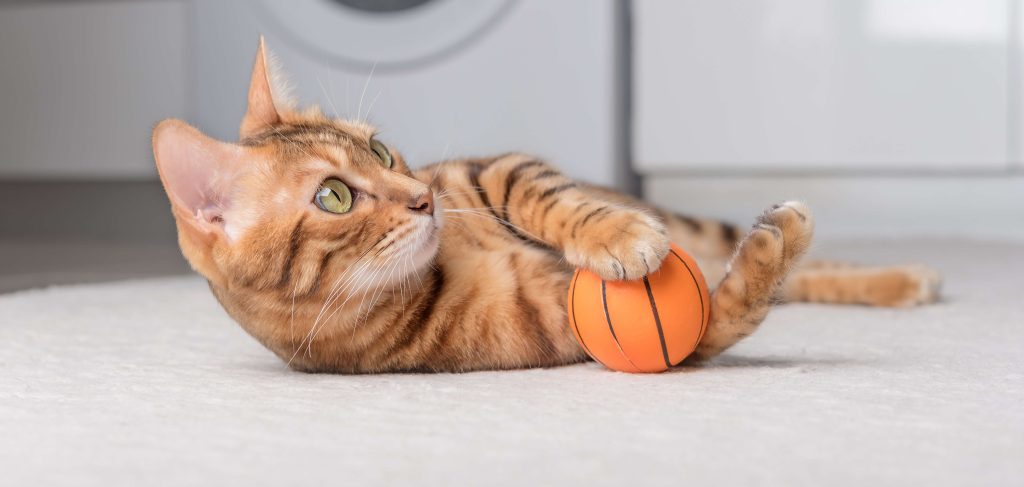
Making your own cat food

Are you interested in making your own cat food? When your cat eats the same ready-made food over and over again, day in, day out, there will inevitably come a time when you both get bored and run out of steam. Here are some great ideas for ways you can provide some variety. How can you spoil your cat? Surprise them with something new! Prepare home-cooked delicacies and special treats that will delight their palate! For example, you can pre-prepare a cat buffet that offers your cat a colourful variety of homemade treats. You can also prepare different treats every day, some with meat, others with fish.
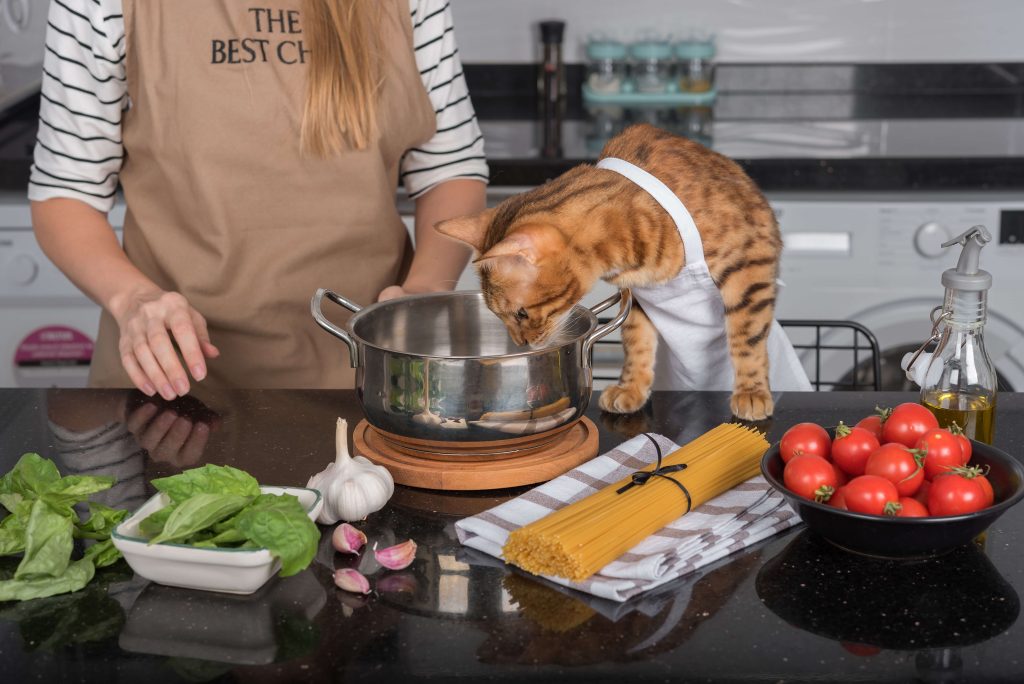
Ideas and tips for making your own cat food
Are you interested in making your own cat food and you’re looking for ideas, tips and recipes? Remember, you can also do it the old-fashioned way by reading a book on the subject:
Book TIP: “Katzen gesund ernähren: Rundum gut versorgt“ (Feeding cats healthily: All-round good care) (GU Katzen) by Michael Streicher, Paperback

This German-language book contains delicious recipes from cat nutrition expert Dr. med. vet. Michael Streicher. If you prepare cat food yourself, you should pay attention to the dos and don’ts. For example, only use high-quality fresh ingredients and don’t use any spices or additives. And make sure you never serve your cat a treat that’s too hot. Always make sure it’s at a comfortable room temperature!
Make your own cat food with meat
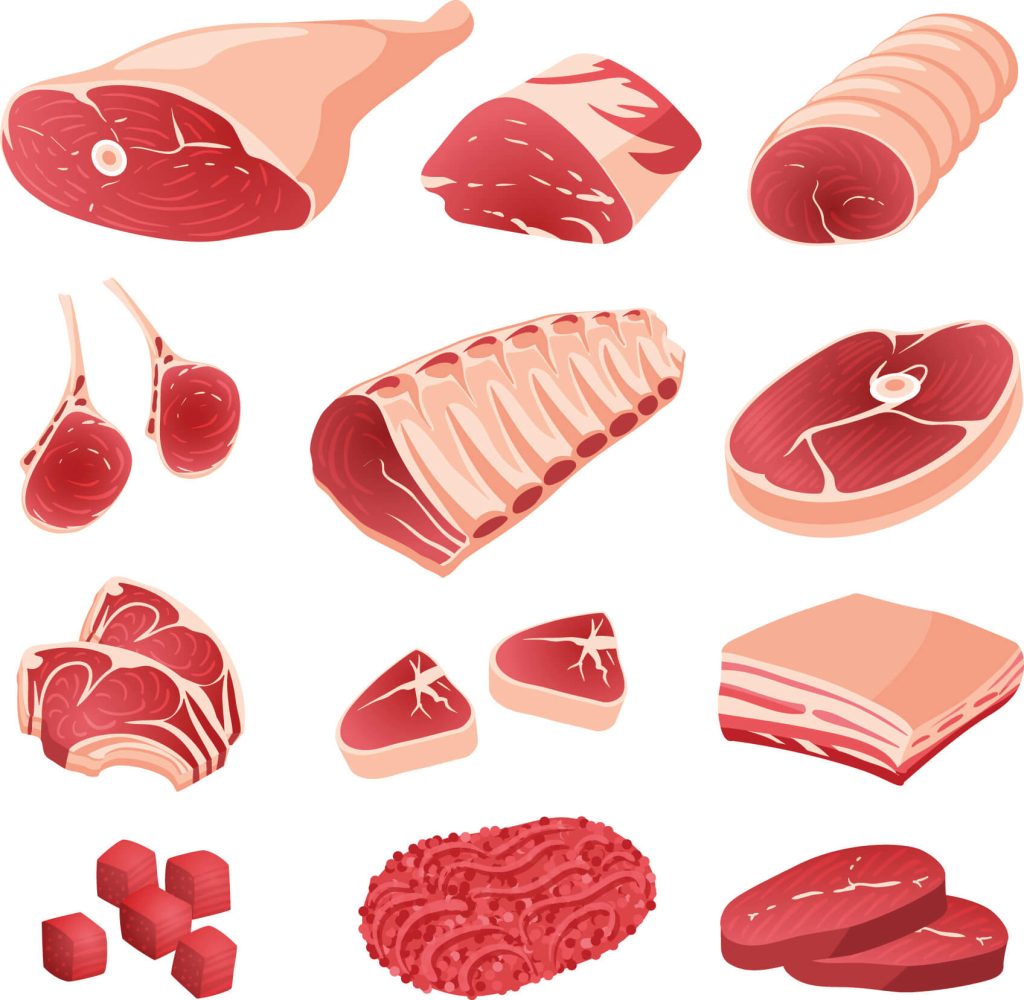
If you’re looking to make your own cat food, it should definitely contain meat. Why? Cats don’t just like meat because it tastes good, they prefer it because they need a lot of it in their diet. Don’t forget, as carnivores they need to eat meat and innards as valuable sources of energy and nutrients.
Make your own cat food with fish
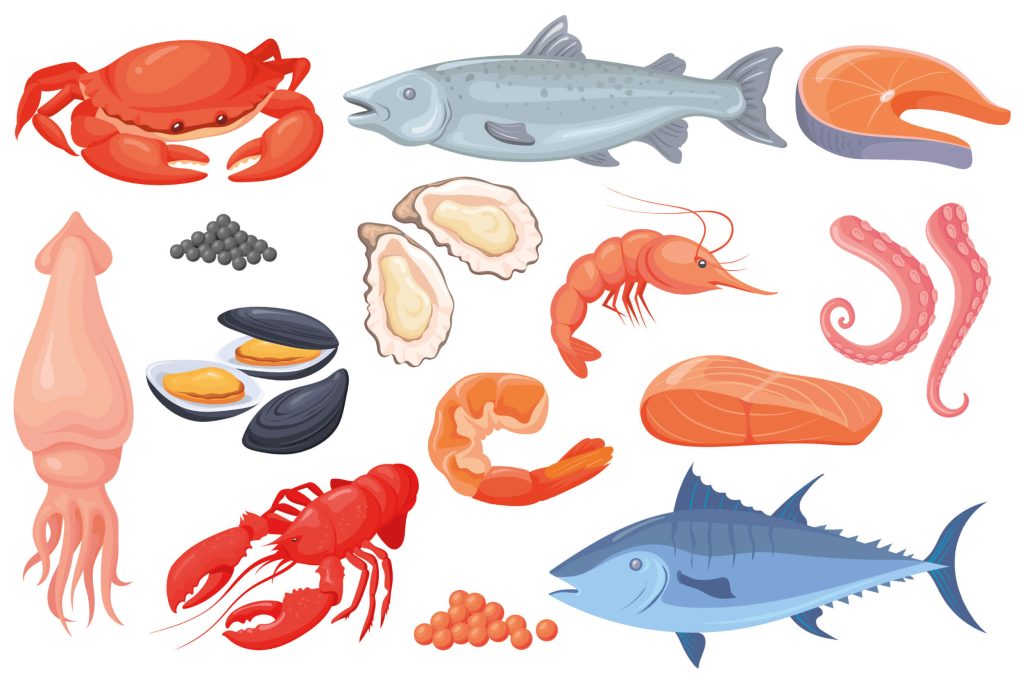
You can also make your own cat food with fish – for example, salmon. Fish is a valuable source of protein and also rich in iodine, minerals, omega-3 fatty acids and vitamin D. Don’t forget to carefully remove all the bones before serving any fish to your cats, and make sure to cut the meat into bite-size pieces appropriate for your cat’s mouth.
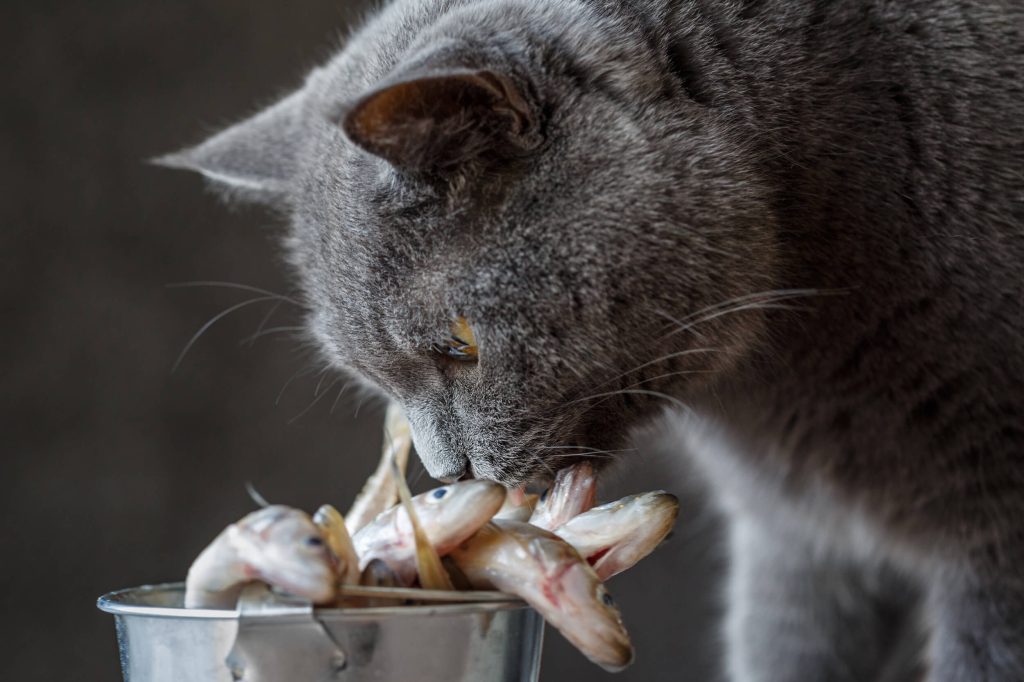
Is it OK to make homemade cat food without using meat?
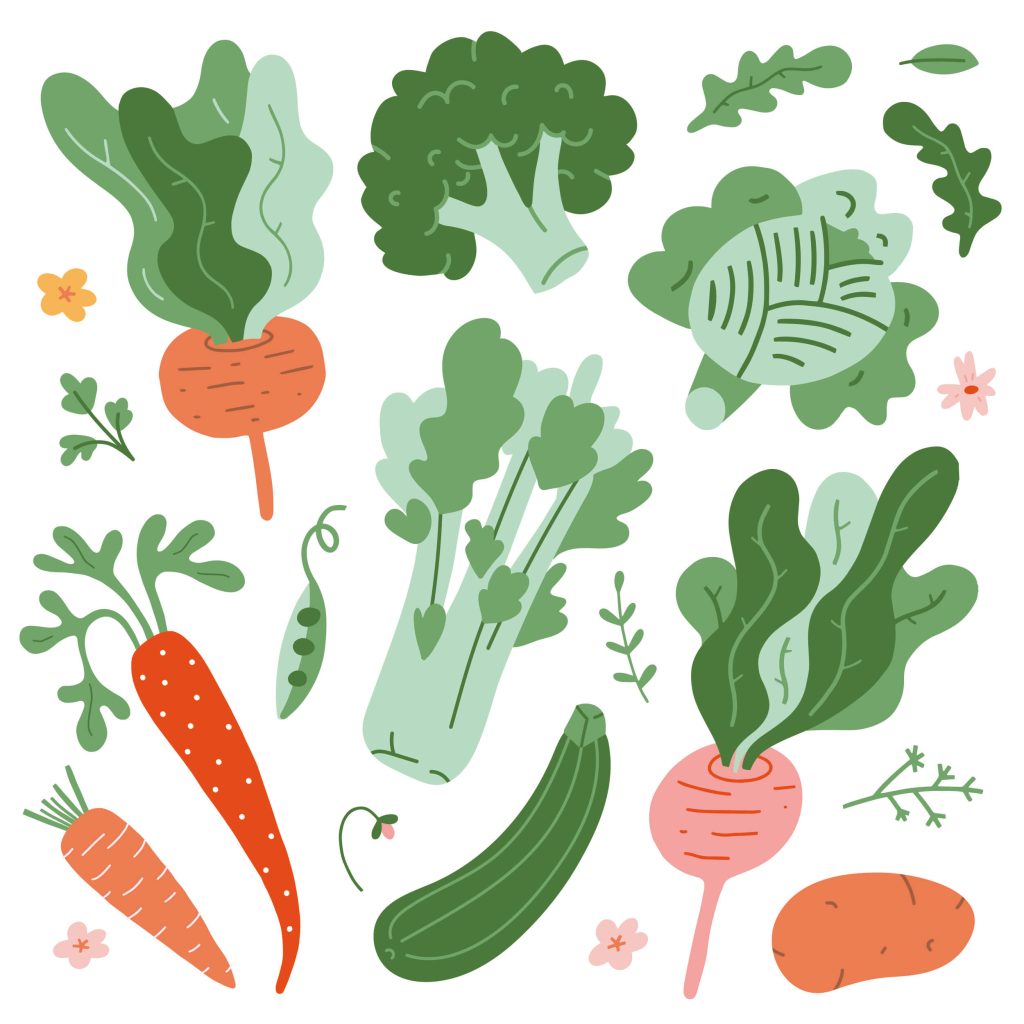
Is it OK to make cat food without meat, that is, to offer your cat a vegetarian option? You can, but non-meat food is not species-appropriate cat food! Even if vegetarianism is very hip among us two-legged cat owners, cats themselves need amino and fatty acids, and the ones that are important for cats can only be found in meat.
Make your own cat food in a Thermomix
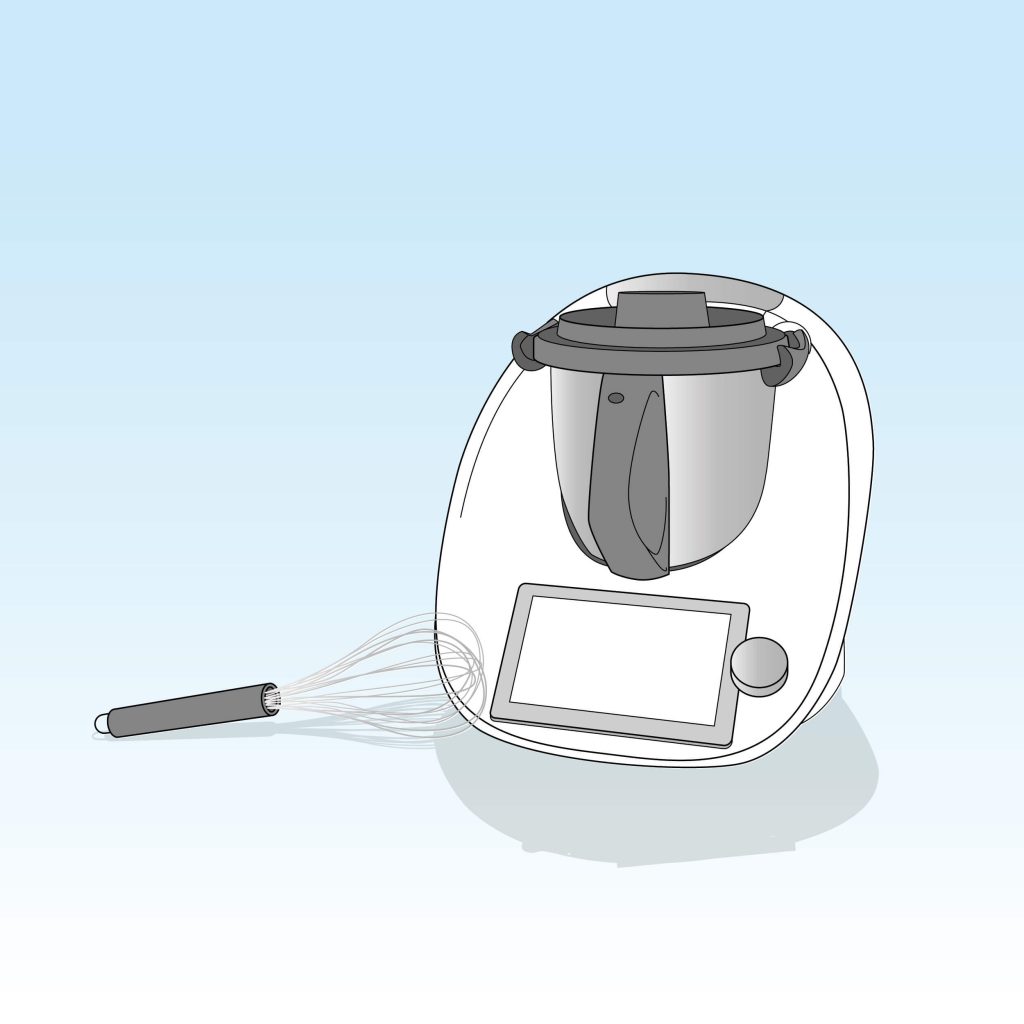
If you happen to have a kitchen gadget known as a Thermomix, it’s easy to make your own cat food! There are even some free Thermomix recipes in e-book format that you can download online (in German).
When preparing homemade cat food, pay special attention to the age of your cat
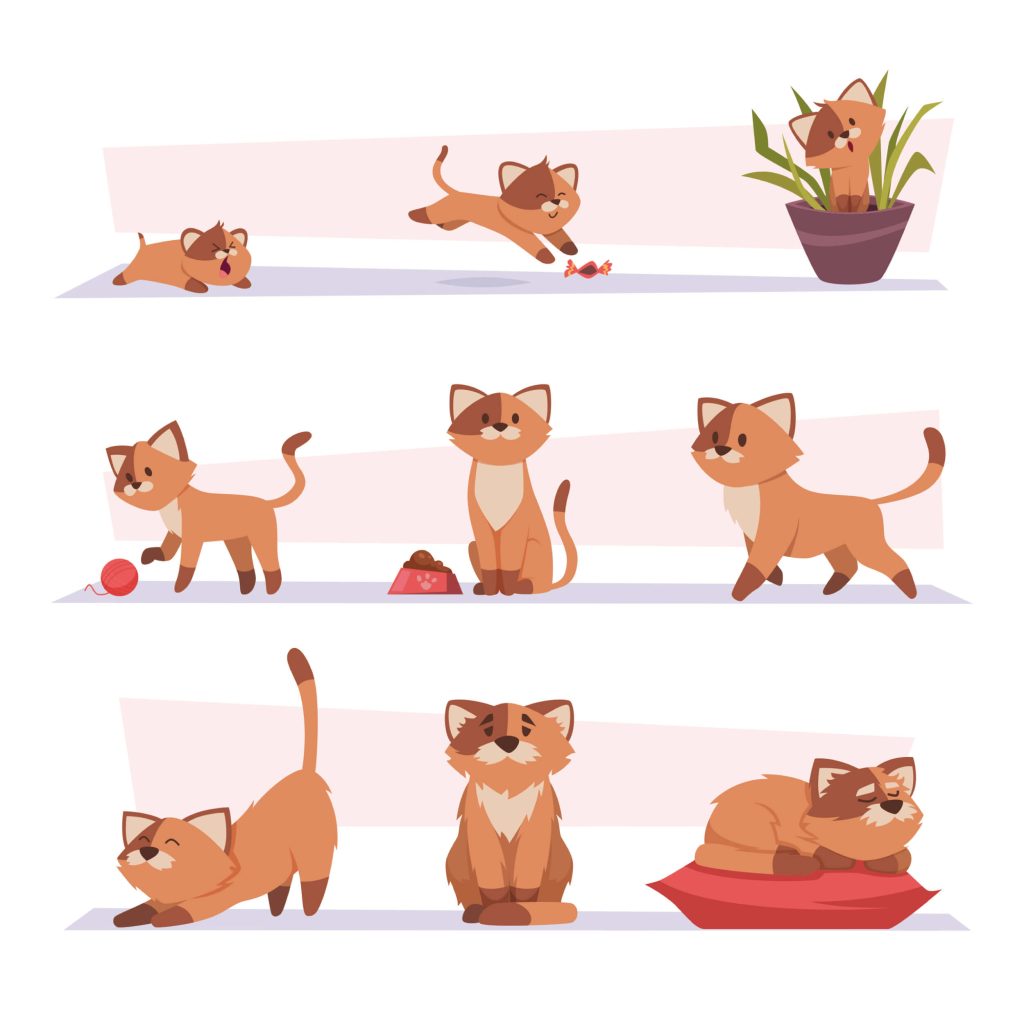
The food you make should take into account your cat’s age. When cats turn 7 years old, they slowly but surely start to age. Older cats are less active and some put on a couple of pounds due to the fact that they’re burning fewer calories. Even if your cat used to be more like an “energizer bunny” lording over its territory and constantly romping around, they will inevitably become more of a couch potato when they turn into a senior citizen, preferring to leave the romping to the younger tigers. In other words, old cats have completely different nutritional needs compared to their younger compatriots!
Homemade cat food for older cats
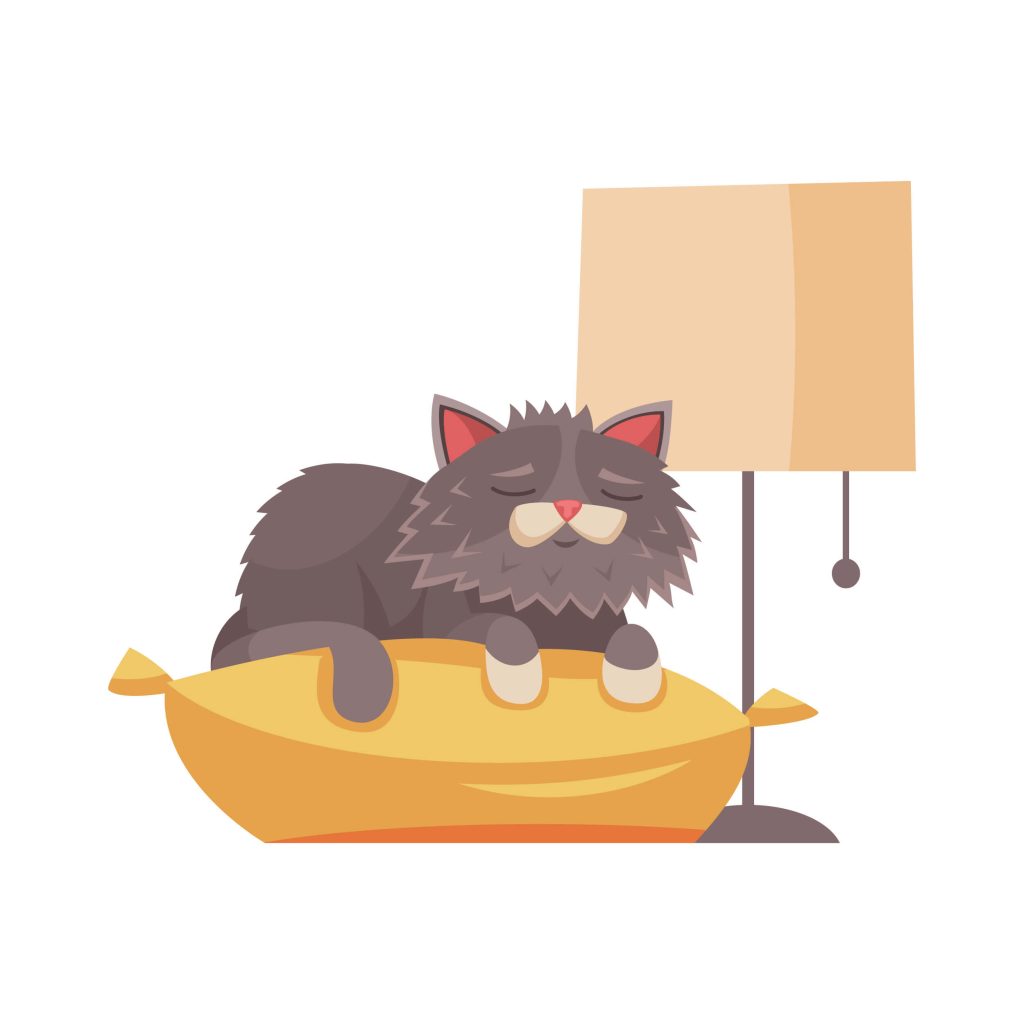
Older cats don’t need any type of power food to stay healthy and feel well. In other words, they no longer need food that’s high in calories to meet increased energy needs, which is what they needed in their younger years. Instead, they need a diet that provides them with minerals, vitamins and proteins; these are the things they need a higher dose of in old age than in their youth.
Homemade cat food for kittens
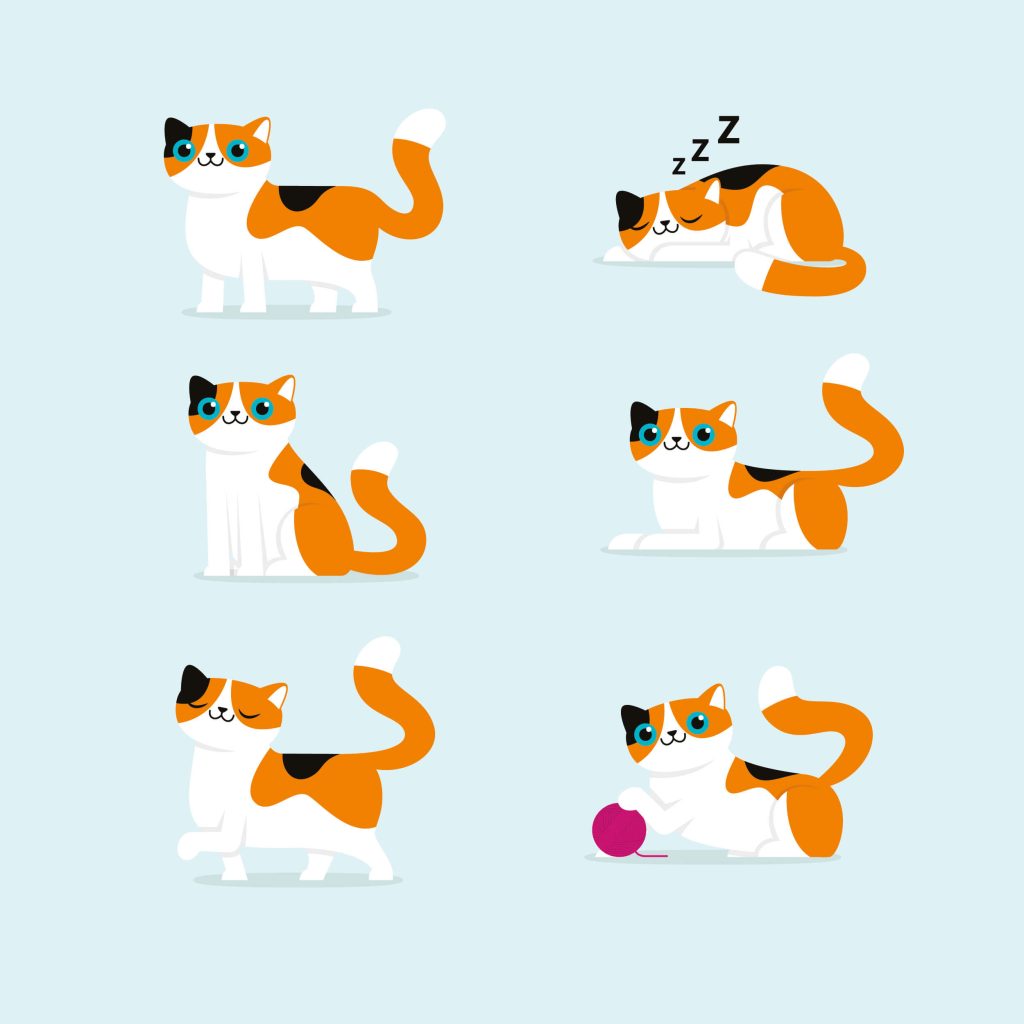
Kittens spend most of their time sleeping, growing and drinking their mother’s milk. And do they ever grow fast! In their first few weeks, kittens almost double their weight! If you want to make homemade cat food for kittens, it should be rich in energy and have valuable proteins, minerals, and vitamins.
Make your own cat treats

The recommendations listed by pre-made cat food manufacturers are usually quite liberal, so be sure not to forget that cat treats, in particular, are often real calorie bombs! When you give a young cat calorie-rich food, treats and extras, they might not be able to burn off those calories. This leads to the build-up of fat deposits. When you make your own cat treats, however, you can control your cat’s weight much better. Especially because you can control which ingredients are used and how they’re prepared.
Make your own healthy cat treats
You can make your own healthy cat treats. Cat biscuits, for example, are a great little snack for in-between meals. Your cat will enjoy them for a long time! How about some poultry treats?
- 45 ml poultry stock
- 250 g maize semolina
- 125 g spelt flour (type 630; corn or buckwheat flour can be used instead)
- 350 g fresh poultry meat (chicken, turkey – without skin and bones)

- Blanch the poultry.
- Chop and mix all the ingredients.
- Cover the mixture and leave to rest in the fridge for 120 minutes.
- Roll out the mixture, cut out biscuits and place on a baking tray.
- FBake for 15 minutes in the oven at 180 ºC. As soon as they’ve cooled off, you can give your cat the first treats!
Reminder:
These treats will stay fresh if you keep them covered and sealed in the fridge:
maximum 2 days, after which you should no longer feed them to your cat. Or seal them in a bag and put them in the freezer.
Make your own treats for kittens
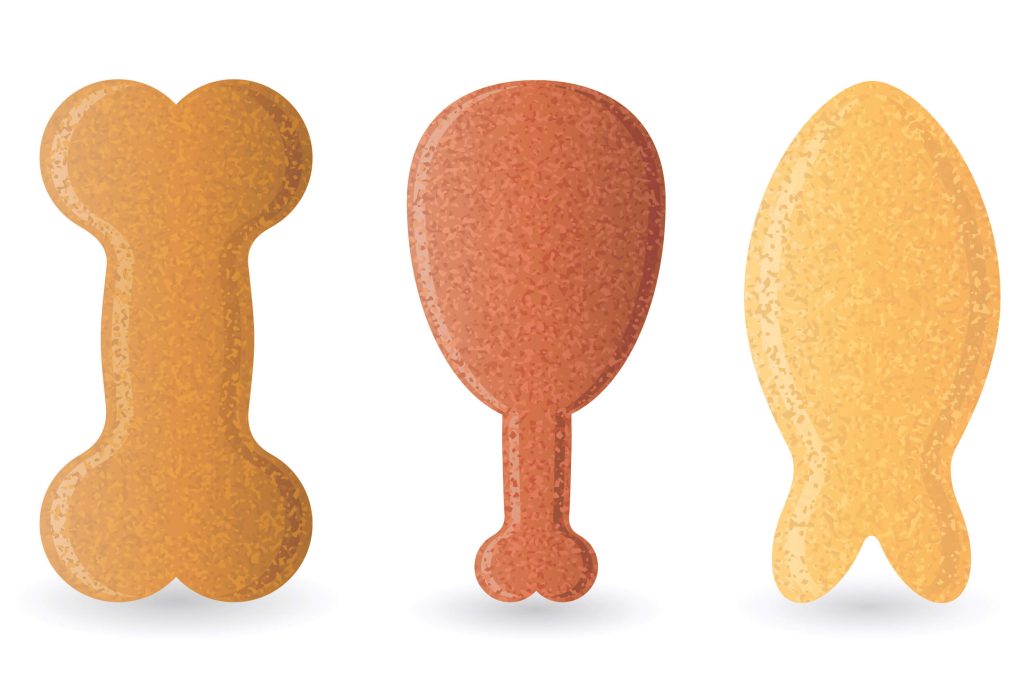
If you’re looking to make homemade treats for kittens, please remember that kittens need about 150 mg of taurine per kilogram of body weight per day. In other words, just like with their main meals, the treats you make should have a high meat content and be easy to digest. And don’t overdo it! A treat now and then is ok, but make sure not to exceed a healthy amount. Give your cat treats in small doses, and don’t forget that anything consumed in excess will start to become bland and boring quite quickly.
Should you make your own cat food or buy ready-made products?
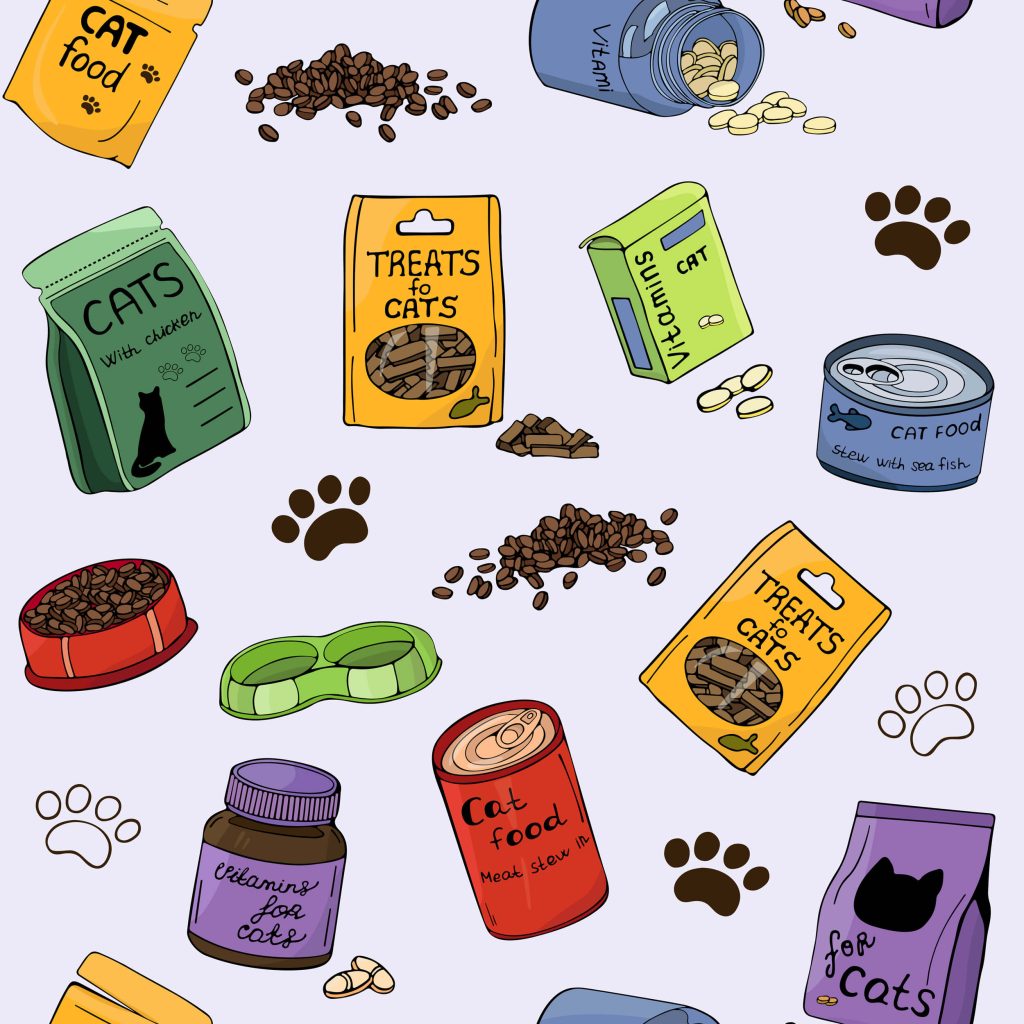
Should you make your own homemade cat food or buy ready-made products? Finding and/or preparing the best food for our feline friends is an eternal topic of discussion. But what is actually better for your cat? The answer seems to be a matter of each cat owner’s personal preferences. In other words, if you prefer having organic food without additives on your own plate, you’ll most likely prefer to prepare your cat’s food yourself. On the other hand, people who eat industrially produced food themselves often have no problem offering their cat the same.
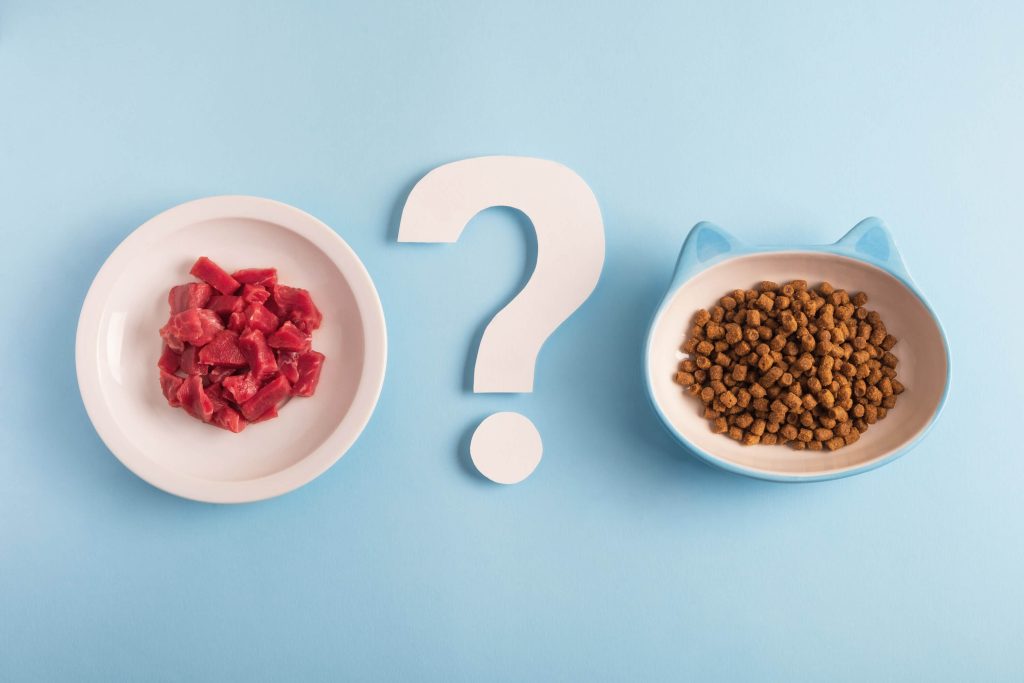
Is it cheaper to make your own cat food?

Is it cheaper to make your own homemade cat food? Or is the cat food from the supermarket unbeatable in terms of price? The answer to this question depends on each individual case. For example, what ingredients are you using? Where are you buying those ingredients? How much homemade food do you make? How long does it last? In other words, if you buy meat from a five-star butcher, it’s going to be more expensive than if you stock up on food from a pet shop at a special price!
Is it healthier to make your own cat food?

Does making your own cat food automatically make it healthier? When you prepare cat food yourself, you have control over what ends up in your cat’s bowl. In other words, you’re the only one who decides what they eat! Ready-made cat food often contains lots of additives that cats don’t need at all. In addition, many nutrients are lost during industrial production. When dry food is produced, for example, the moisture is removed, which means that it’s missing from your cat’s food.
Should you make your own cat food?
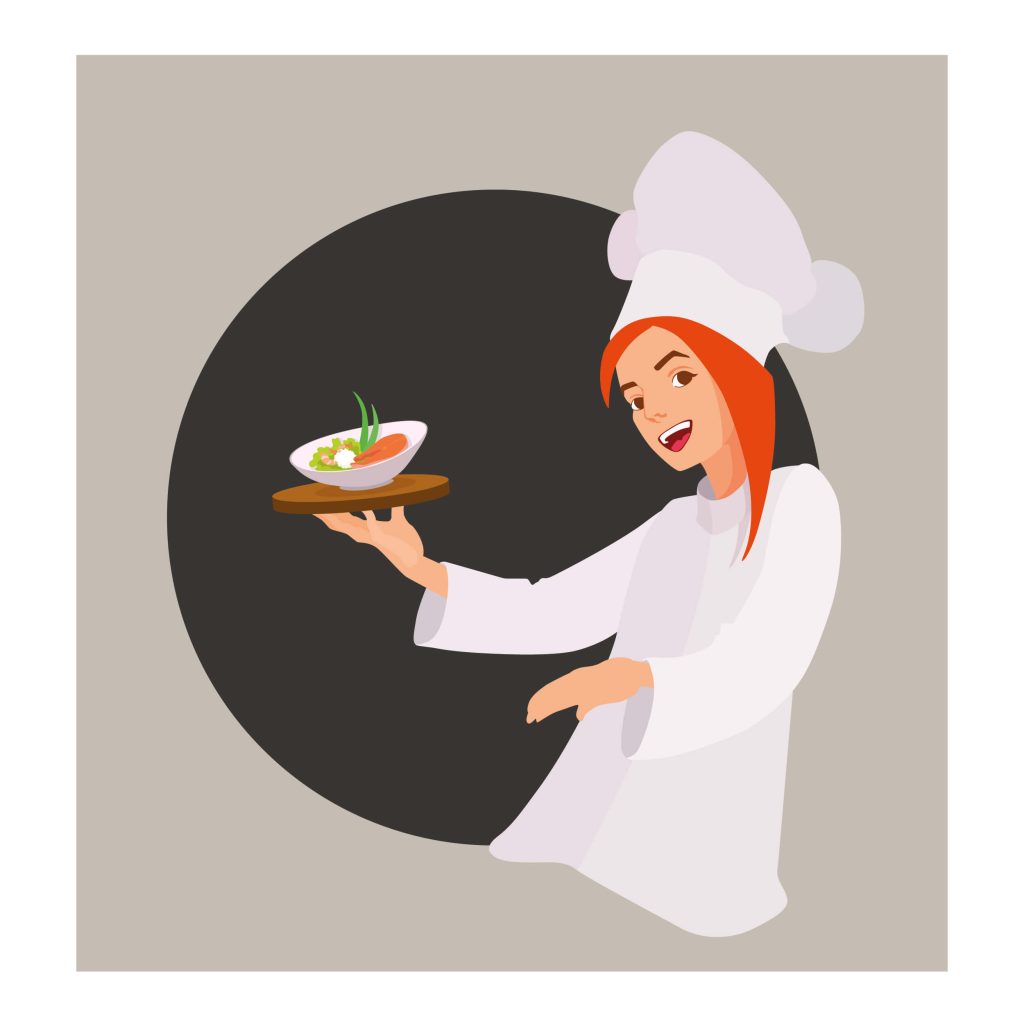
As so often in life, there’s no simple answer to this question. Both ready-made cat food and lovingly prepared homemade dishes have their advantages and disadvantages! Remember, high-quality ready-to-eat food has all the nutrients your cat needs and is easier to store. And cooking homemade meals for your cat can also be quite time-consuming. So, how about giving your cat a little variety and surprising them with a home-cooked meal every now and then? That way, you’ll both get something out of it!
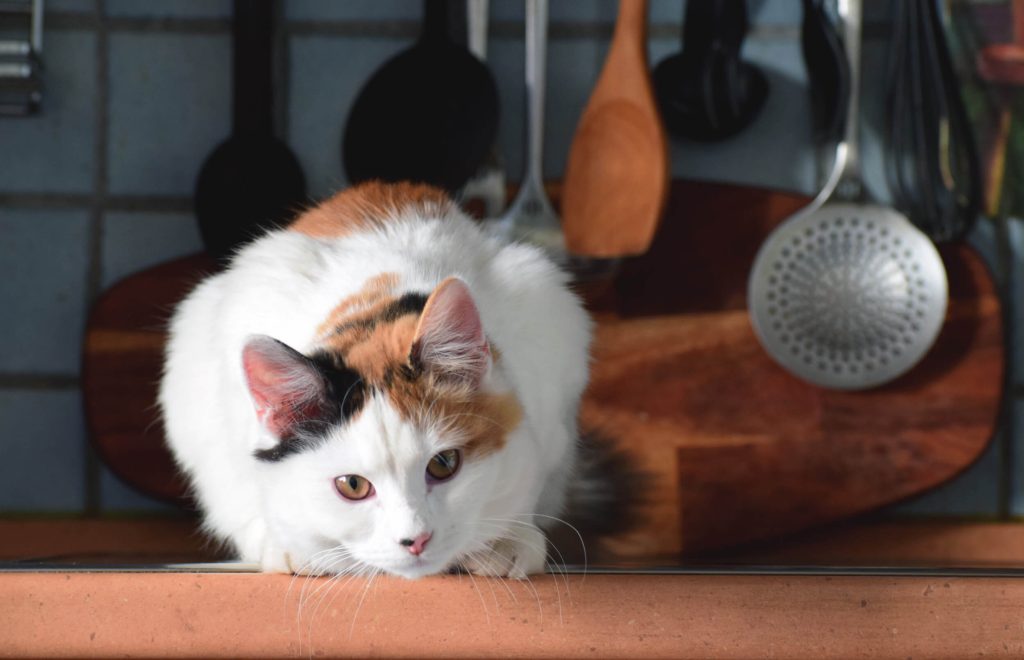
Frequently asked questions about making your own cat food
If you decide to make your own cat food, you should always pay attention to your cat’s specific nutritional and energy needs. You should also always use only fresh ingredients and no spices or artificial additives.
Cats are allowed to eat all kinds of fresh meat. If you want to make your own cat food, the meat can come from warm-blooded animals, poultry, game or cold-blooded animals.
First of all, you should never feed your cat raw meat. If you want to feed your cat meat, you should always cook it at 80 °C for at least 10 minutes before offering it to your cat.
You can give your cat cooked meat, but make sure it’s the best and freshest meat possible. Also, remember never to serve cooked meat when it’s still too hot. Always wait until it’s reached a comfortable room temperature to serve.
You can also make homemade cat treats. The advantage here is that it gives you better control over your cat’s weight, because you alone decide which ingredients are used.
If you’re out of cat food, you can prepare a meal for your cat using meat and vegetables. Meat should always be the main component of your cat’s diet.
Unfortunately, the things that taste good to us humans often harm our cats. There are many foods meant for us that cats should not be allowed to eat. For example, it’s better to keep your feline friends away from sweets, dairy products and raw eggs!
The kind of food cats like to eat depends on each individual cat. Every cat has its own special preferences. One cat might love eating something that another cat finds completely disgusting.
